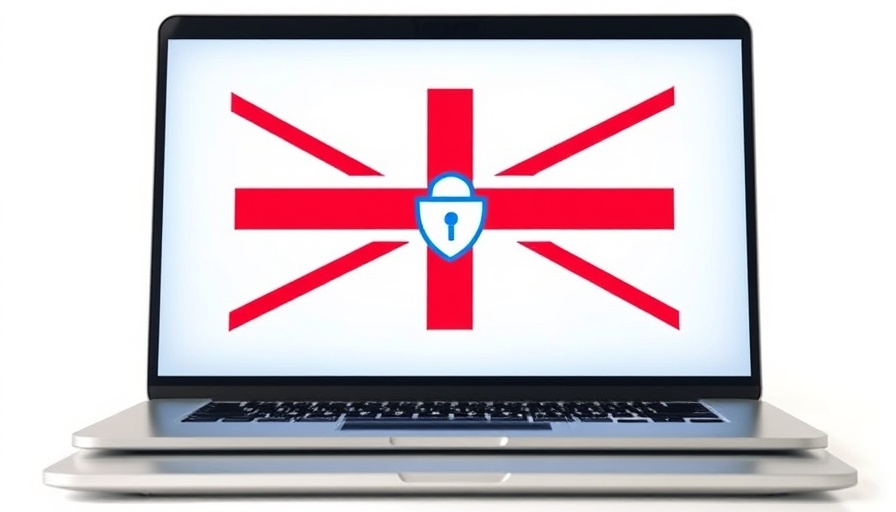
The Online Safety Act: A Double-Edged Sword
The Online Safety Act, recently rolled out in the UK, has stirred up discussions among parents and online safety advocates. Initially sold as a measure to protect children from harmful online content, the consequences may paint a different picture.
Parsing the Statements: Is It Really About Child Safety?
When the Online Safety Act was first proposed, the narrative was straightforward: it aimed to provide a safer digital space for children. However, as its implementation began, many began to question its actual intent. The act mandated age verification for platforms, including social media and streaming services, to restrict access to inappropriate content. But in doing so, it inadvertently restricted access to political discussions and a wide range of educational resources, raising eyebrows about its true motives.
Parental Concerns: Navigating Digital Safety
For parents trying to safeguard their children’s online experiences, the act might look promising at first blush. The stringent age verification measures and content restrictions could suggest a responsible approach to mitigate harmful exposure. However, the act also places responsibility on tech companies to monitor user identities, collecting a trove of personal data, which heightens privacy concerns and poses risks such as data mismanagement or unauthorized access.
Surveillance Under the Guise of Safety
The requirement of age verification blurs the lines between privacy and protection. Unlike the traditional checks done in physical stores, where identities might be fleetingly reviewed, online verification creates a permanent record that can be exploited. Critics warn that instead of fostering a safe environment for children, the act introduces new layers of surveillance akin to a digital panopticon.
Listening to Diverse Perspectives
Critics of the Online Safety Act include a wide range of voices, from civil liberties advocates to tech industry experts. Many see a common concern—the act's potential to censor not just harmful content but vital political discussions and educational materials. The broad scope of what constitutes 'harmful' leaves substantial room for interpretation, which could disproportionately stifle freedom of speech and expression.
Parallels to Other Global Policies
Looking at similar legislation implemented in other countries, we see that the intention often diverges from the outcome. For example, Australia's approach to online safety also faced backlash for censorship overreach. Such global examples highlight a worrying trend where protective measures become tools for broader control, raising questions for parents about the trustworthiness of these initiatives.
What Parents Need to Consider
As discussions continue, parents are left with the duty of managing their children's digital experiences. It’s critical to remain informed and engaged with these evolving policies. Engage in conversations about online content, establish safety protocols, and educate children on navigating digital spaces responsibly. Knowing about the nuances of laws like the Online Safety Act can empower parents to better protect their children while also advocating for their rights to free expression.
Looking Ahead: What Comes Next?
With over half a million signatures on a petition calling for repeal, the Online Safety Act is under scrutiny. As the government stands its ground, the public outcry presents an opportunity for further discussion about the balance between safety and censorship. Engaging in these dialogues can foster a collaborative effort among parents, policymakers, and tech companies to ensure children are protected without infringing on their rights to access information.
Call to Action: Join the Conversation
Parents, it is time to take action: engage with your local representatives about the implications of the Online Safety Act and advocate for your child's right to access diverse, educational content safely. Your voice matters in shaping policies that impact our children’s digital experiences.
 Add Row
Add Row  Add
Add 




Write A Comment